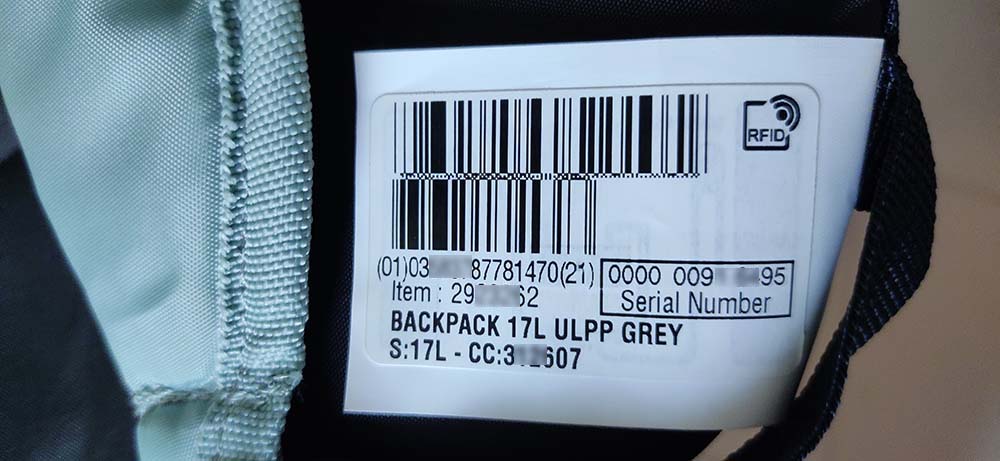RFID is an electronic chip that is used to store a short amount of data inside of the microchip inbuilt. There are two (2) types of RFID tags: a) Active RFID Tag b) Passive RFID Tag.

Passive RFID tags can store from 64 bits to 1 Kbyte (Kilobyte) of data which is an EPC (Electronic Product Code). EPS is a unique set of numbers that is used to differentiate each product from different categories.
How does the RFID system work?
RFID tags are made of three (3) major parts: Micro-chip, radio Transponder (Tx), and radio receiver (Rx). It gets triggered when comes to a nearby electromagnetic field with specific frequency settings and activates the microchip, and then the chip sends the EPC or data to the RFID reader.


RFID tags are a widely used system across the globe and the Manufacture Company mostly uses them for increasing the efficiency of supply chain and inventory management.
One of the best features of RFID tags are, the data or EPC serial number can be read from a few feet away when in a traditional barcode or QR code system, the code has to be scanned by a scanner, and sometimes it doesn’t work well if the code is not clear or visible enough for the camera installed in the barcode scanner. It is also time-killing at the same time. Another disadvantage of a barcode is it has to be scanned once at a time. But in the RFID system, all the tags in the range can be counted and sorted at once in just seconds.
In the clothing shop, we all see tags as shown in the picture below. How do they manage the entire system so easily?

Well, in a clothing store or apparel shop, every single product (tee shirt, shirt, undergarments, sportswear, bags, etc.) has its own and separate RFID tag, which means each product contains a unique serial number or EPC. Now, the inventory can be managed by the computer software by looking up how many pieces of each model are available, how many got sold, and even how many are remaining in different stores across the world (if the company has different outlets).
To track a product: Using RFID, products can be tracked easily whether it’s in the storeroom or trial, it can show both. Multiple RFID readers are placed inside the store and able to provide the location of each and every product so that the storekeeper or salesman can find them easily and decide how or when to re-stock.
To avoid theft: When a sale is made successfully, then the EPC serial number gets disabled by the authority, and the buyer can take them out without any further identification. But if for a specific product a sale is not made then if someone tries to run away with it the alarms ring up, because of the RFID reader installed at each exit point of the store. So, be careful before exiting that by mistake any products may stuck in the bag or cart or a corner of the shopping bag.
Time-consuming RFID: Previously or even nowadays many stores uses barcode scanning methods for making sales. You have to stand in the line for a long time. But with the help of RFID tags, the entire process can be shortened to a few seconds and increase sales.
Tracking and inventory management: RFID tags are the best to track a parcel or delivery to know its current status. Also, products from a specific brand can be tracked across the globe to monitor the status of each store along with warehouses.
RFID tags are also used in ID cards, access cards, passports, license or registration plates, vehicle tracking, industrial automation process, and so on.
Though there are a few vulnerabilities of the RFID tags. Hackers can easily clone the unique number stored inside the tag and use it for unlawful activities, in terms of security purposes it might not be a good choice, but apart from this, they just work fine and help a lot to boost the company growth.

















